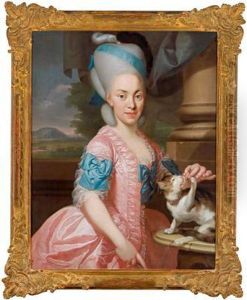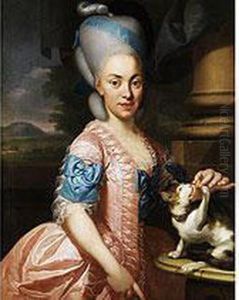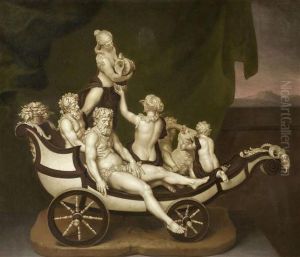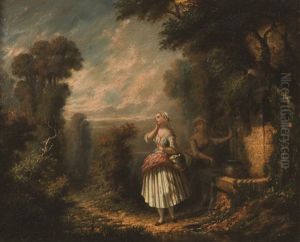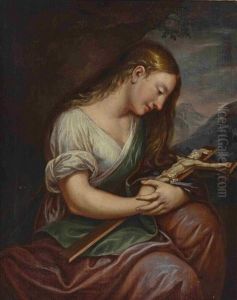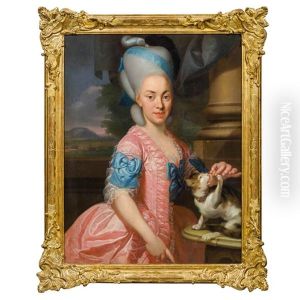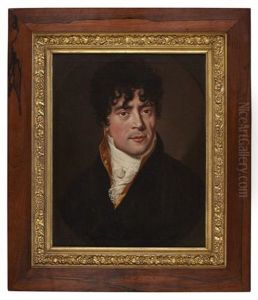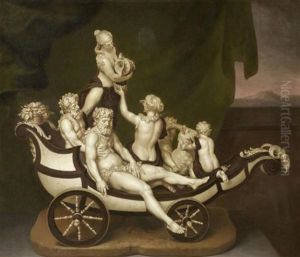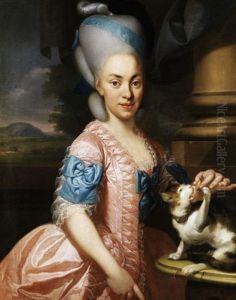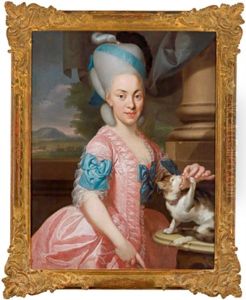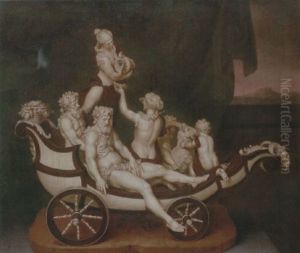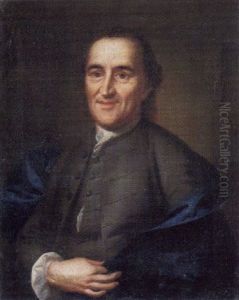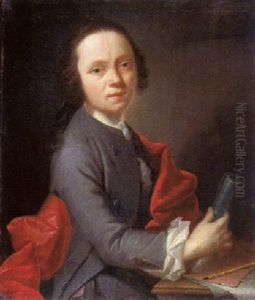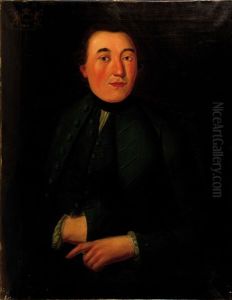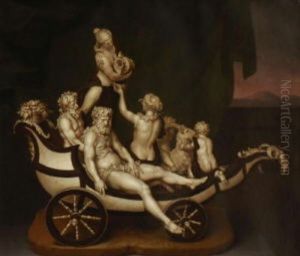Johann Eberhard Ihle Paintings
Johann Eberhard Ihle was a German painter born in 1727 in Schwäbisch Hall, a town in the state of Baden-Württemberg. Not to be confused with his father, who shared the same name and was also a painter, Ihle the younger is known for his contributions to the late Baroque and early Classical periods in art.
Ihle's early life was marked by his apprenticeship under his father, Johann Eberhard Ihle the elder, from whom he learned the fundamentals of painting. Like many artists of his era, Ihle's education likely included studying the works of his predecessors and contemporaries, which helped him develop his own style. However, specific details of his education and early career remain scarce.
Throughout his career, Ihle was primarily known for his portraits and historical paintings. He worked within the conventions of the Baroque style but also incorporated elements that hinted at the nascent Neoclassical style, which would come to prominence later in the 18th century. His works were characterized by their attention to detail, use of light and shadow, and an effort to capture the psychological depth of his subjects.
Despite his talents, Ihle did not achieve the same level of fame as some of his contemporaries. As a result, records of his career and the extent of his oeuvre are somewhat limited. What is known suggests that he was active in various German states, where he likely received commissions from the church, nobility, and wealthy patrons. His work would have been part of the cultural tapestry of the German Enlightenment, a period marked by a burgeoning interest in science, philosophy, and the arts.
Johann Eberhard Ihle passed away in 1814, leaving behind a legacy that, while not as well-documented as that of some other artists, still contributes to our understanding of German art during a transitional period in European history. His paintings, those that are known, continue to be studied by art historians and are appreciated for their craftsmanship and place within the broader context of 18th-century art.
